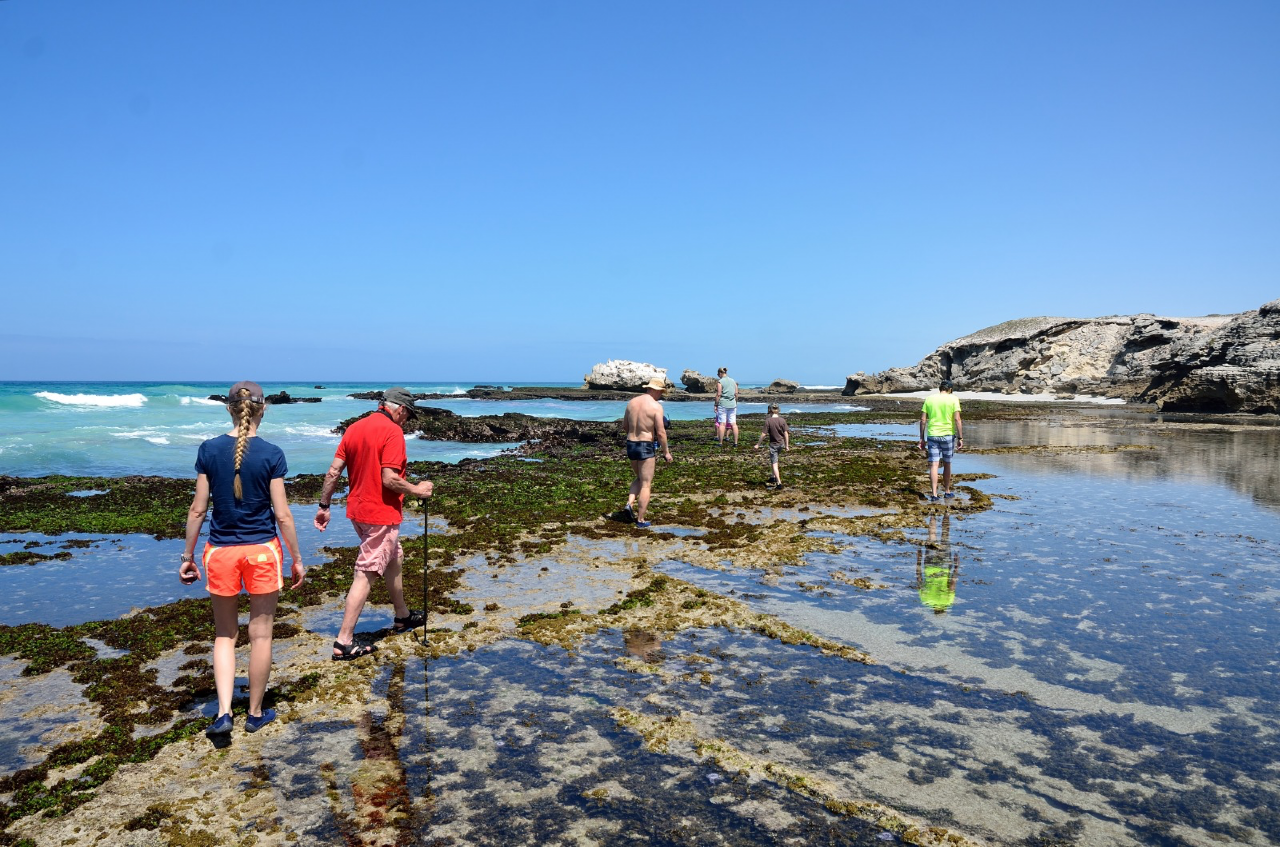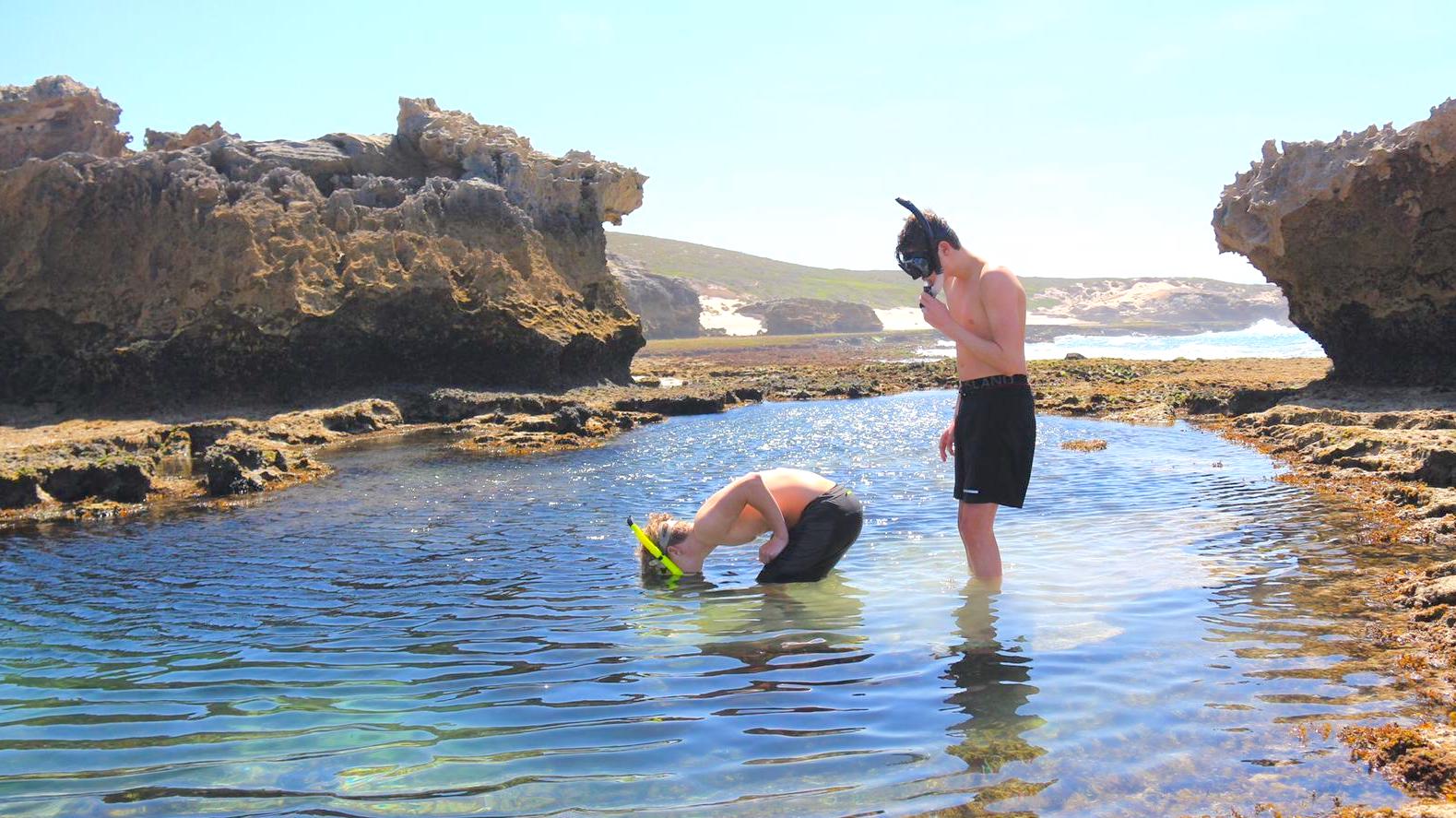A Marine Walk is a highlight of any stay at Morukuru Family De Hoop. We sat down with Marine Guide Corné Lamprecht to hear all about what goes into the planning of a Marine Walk and what guests can expects to see and learn.
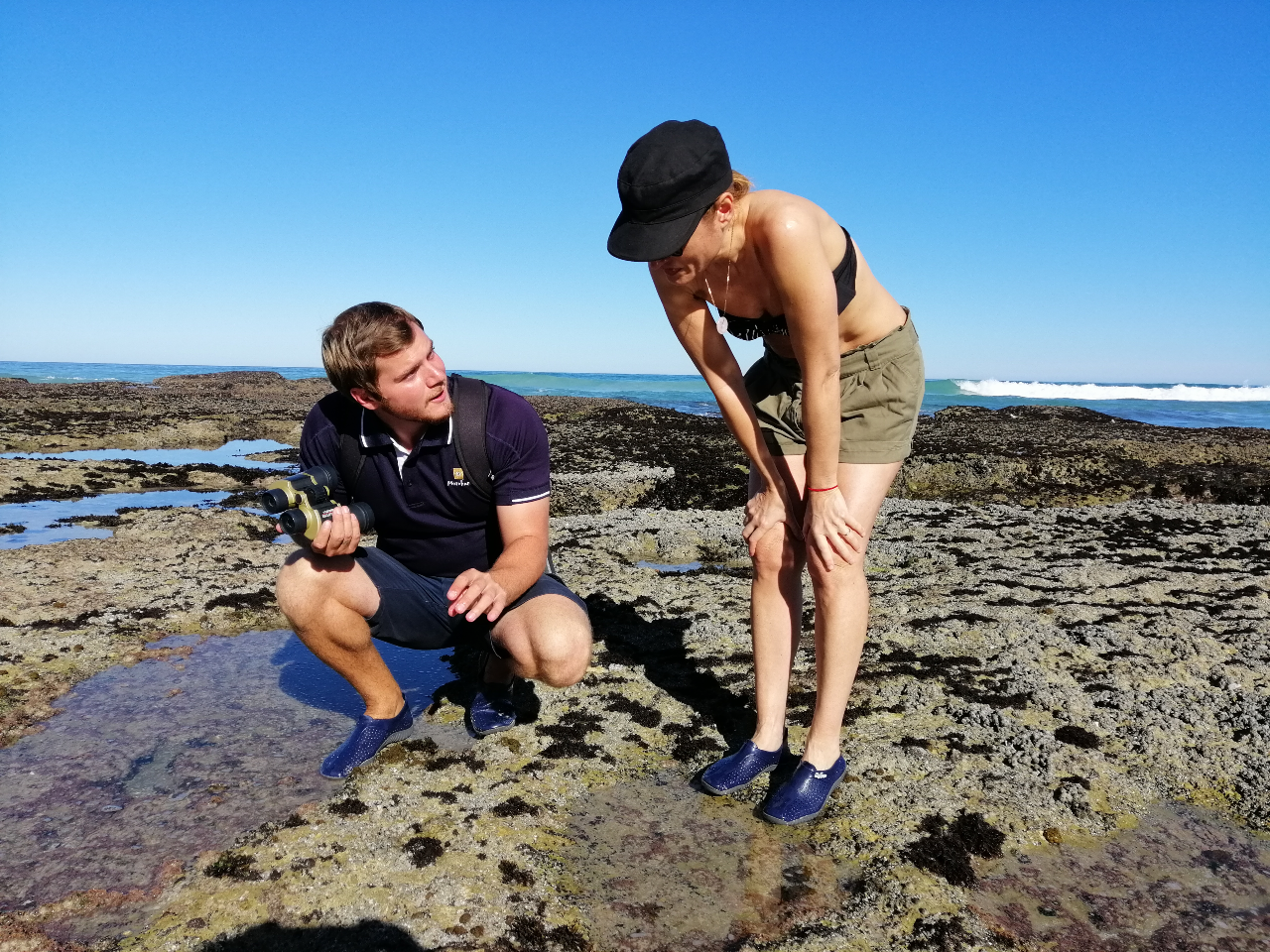

I start planning a Marine Walk the night before our walk. That’s because I have a look at the weather websites and the tide charts to check for the ideal time to go to our rock pools. I can’t take a group of guests during Neap Tide as the water is not low enough. I have to select the time when the tide is at its lowest so that we can spend enough time looking for marine life. I need time to show off what’s available and to talk about that with guests. So once I have done my research, I’m able to meet with guests at dinner and take them through the plan for the next morning.
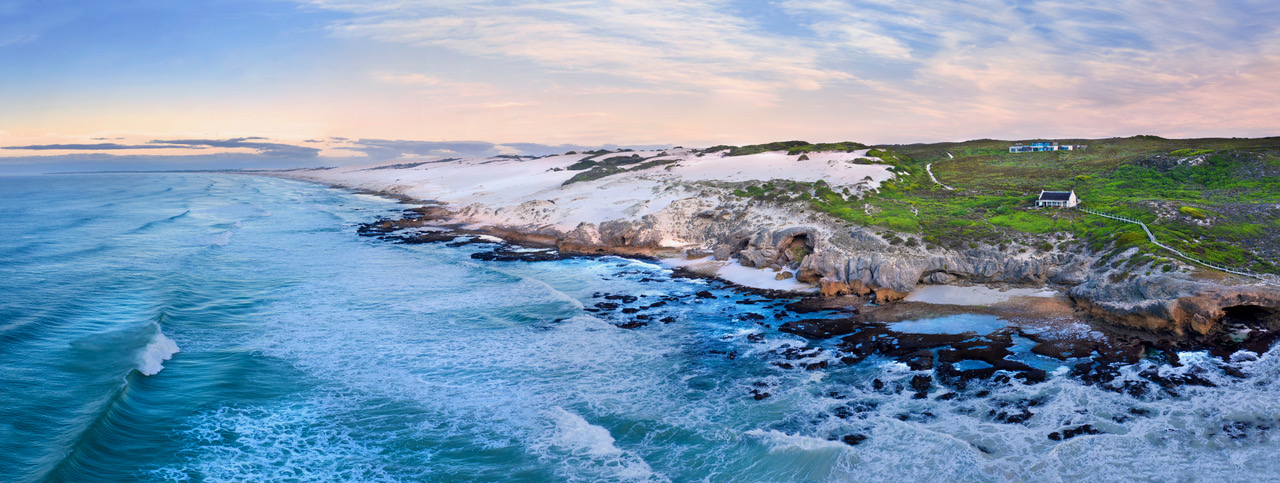

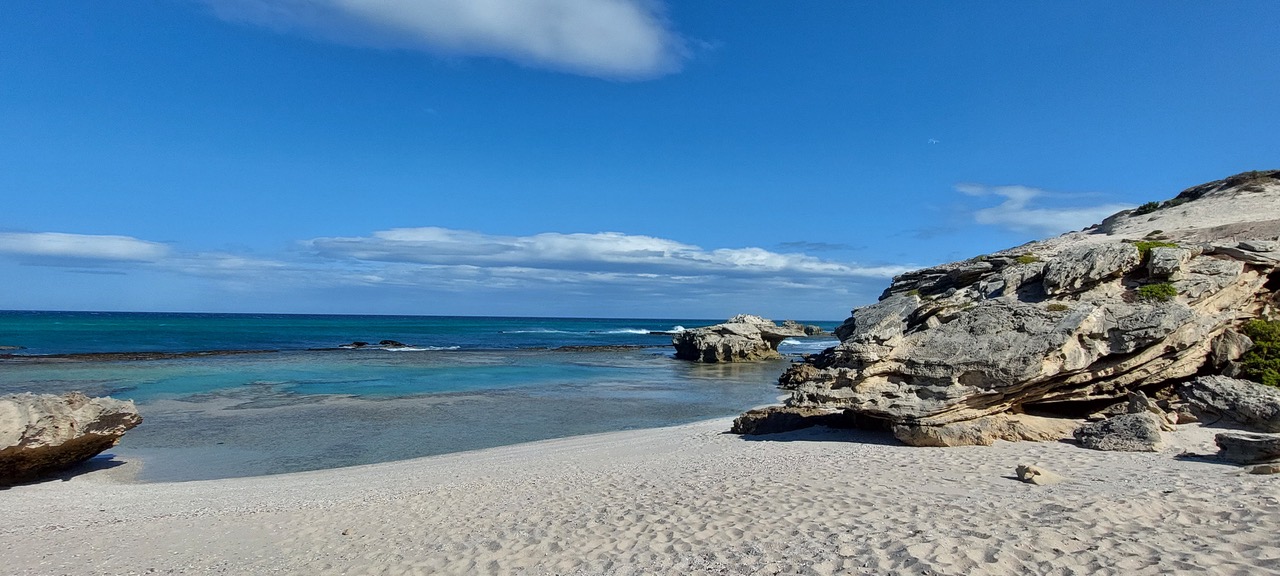

On the morning of the walk, the guests meet in the boot room. This is where we collect our water shoes for the walk. De Hoop has a rocky shoreline, so everyone needs appropriate gear to protect their feet against the rocks and sea urchins alike.
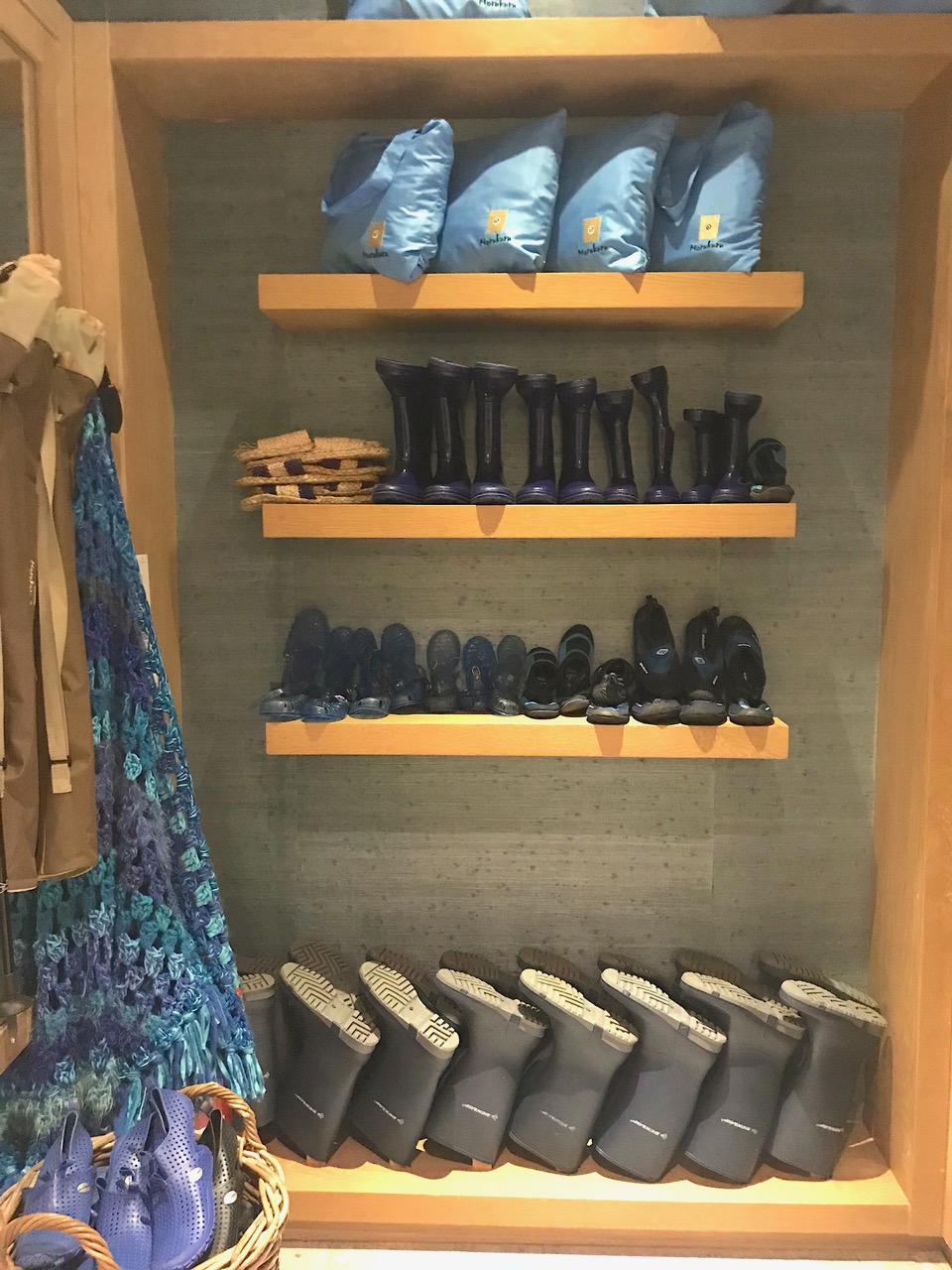

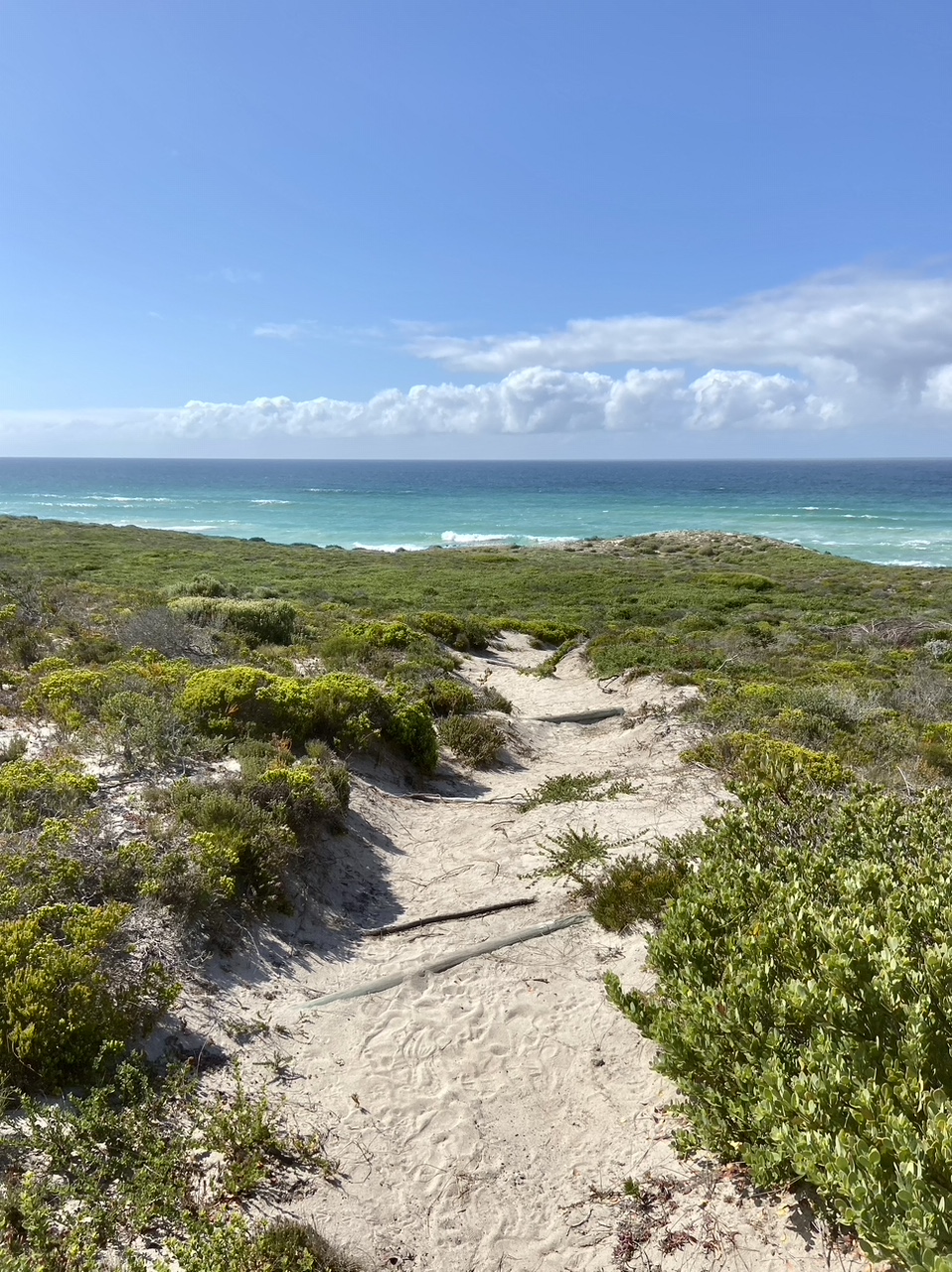

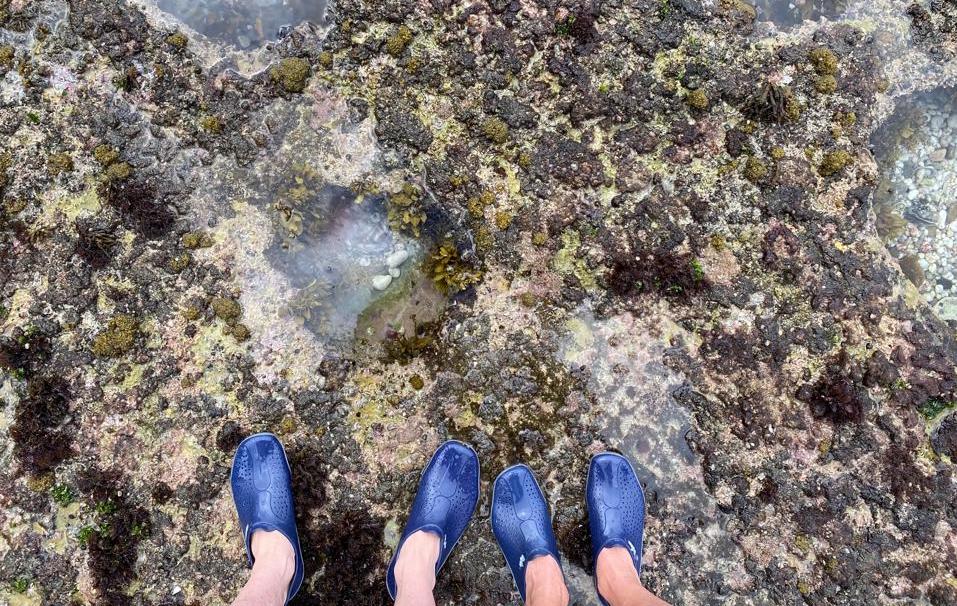

When out on a Marine Walk, I always hope to spot a wide selection of marine life. Common species we generally see include:
Sea anemone
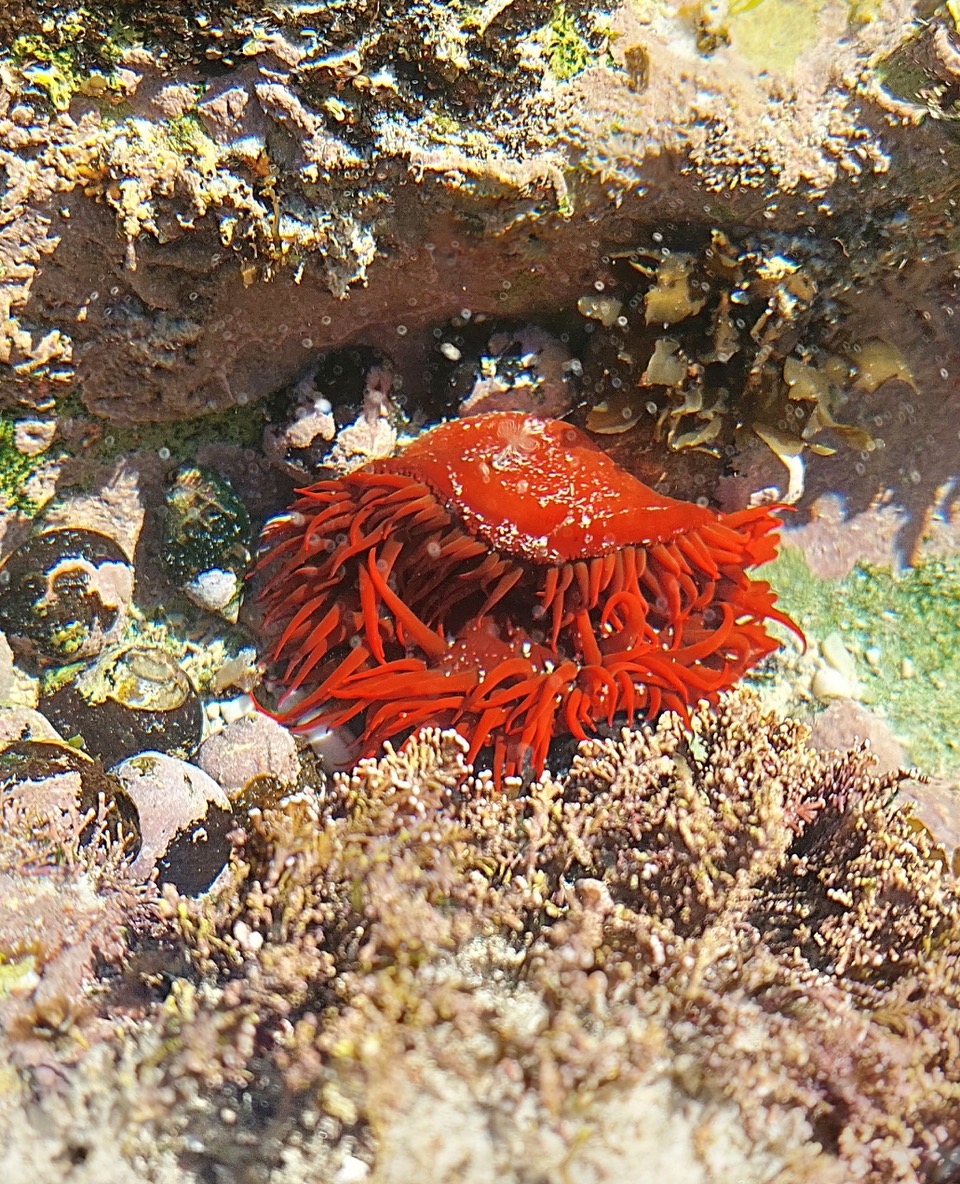

Cape sea urchin
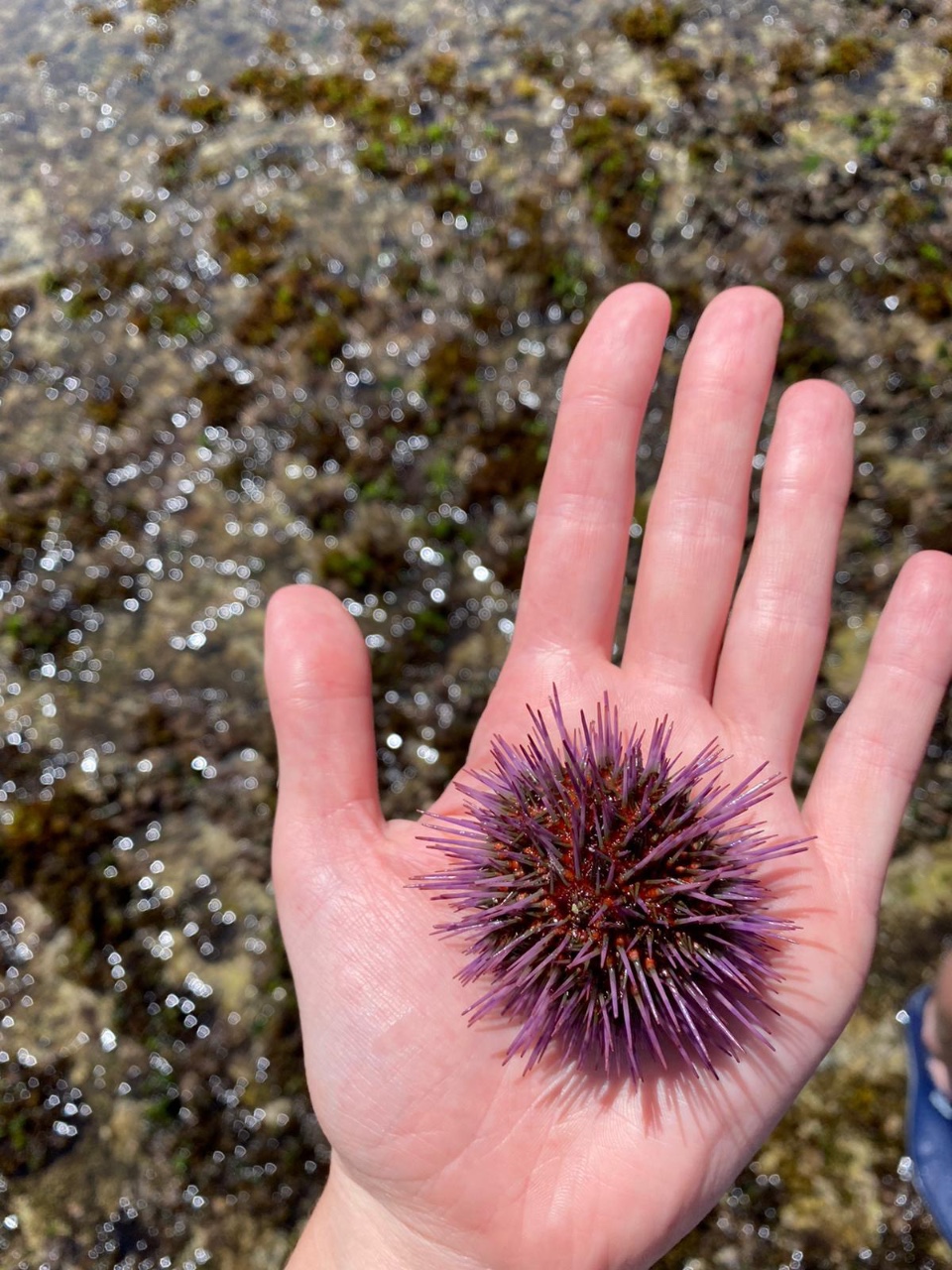

Spiny starfish
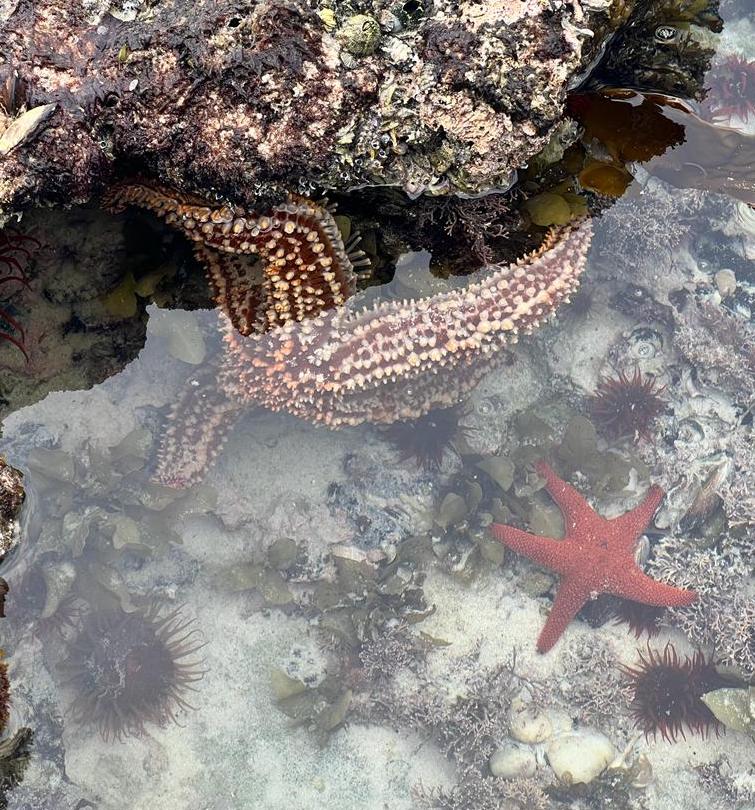



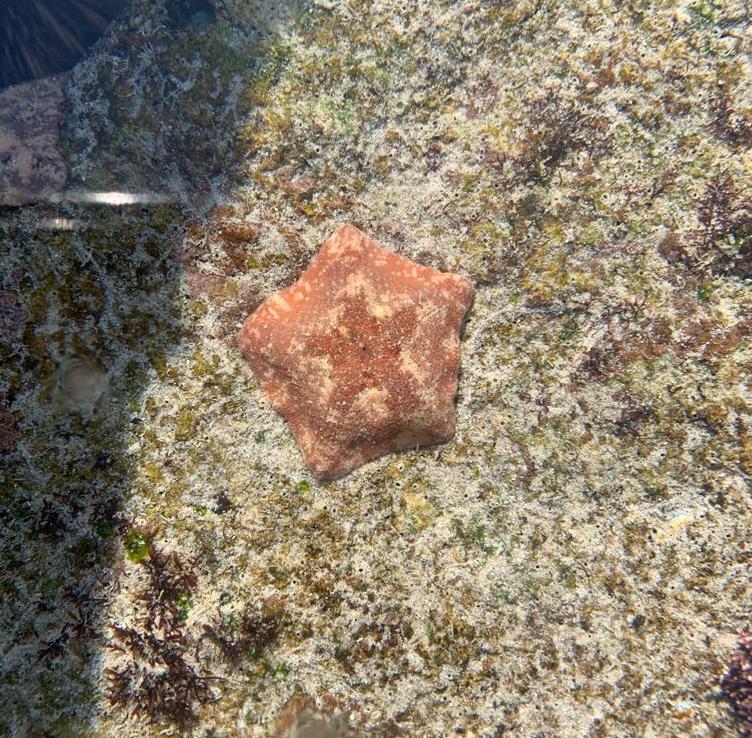

Flatworms
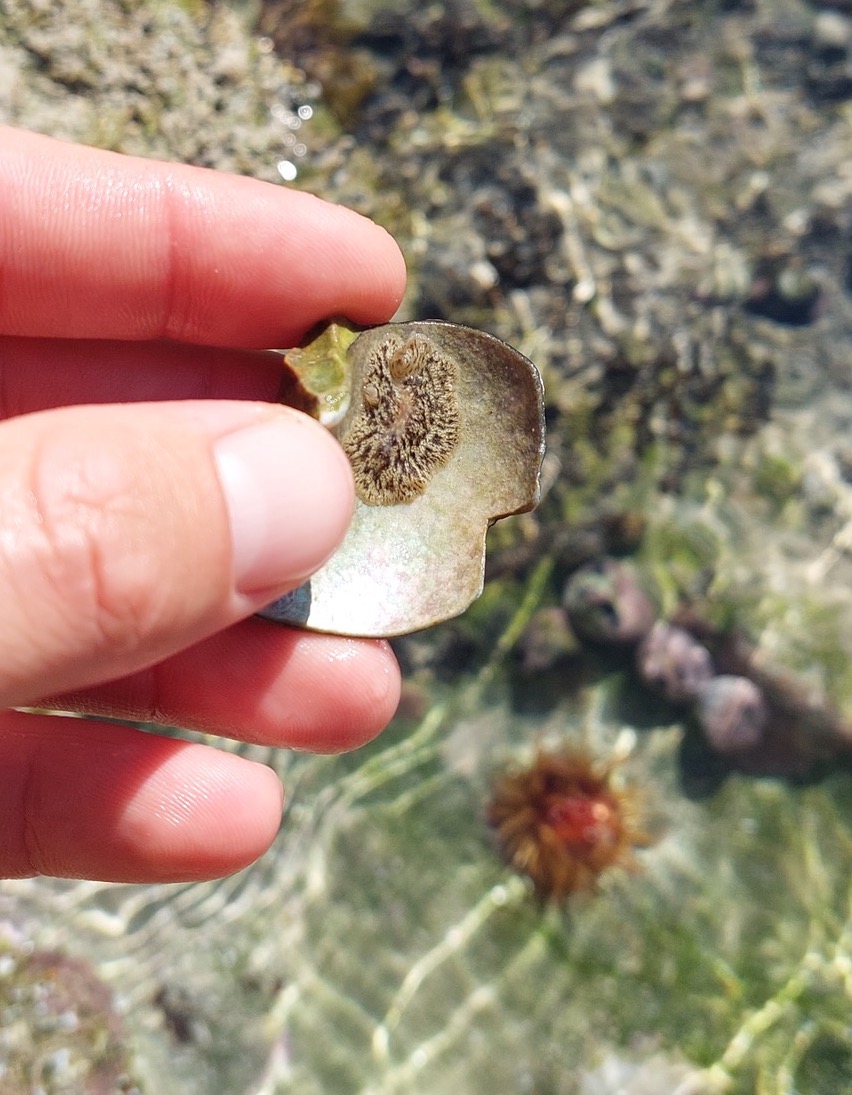

Giant periwinkle
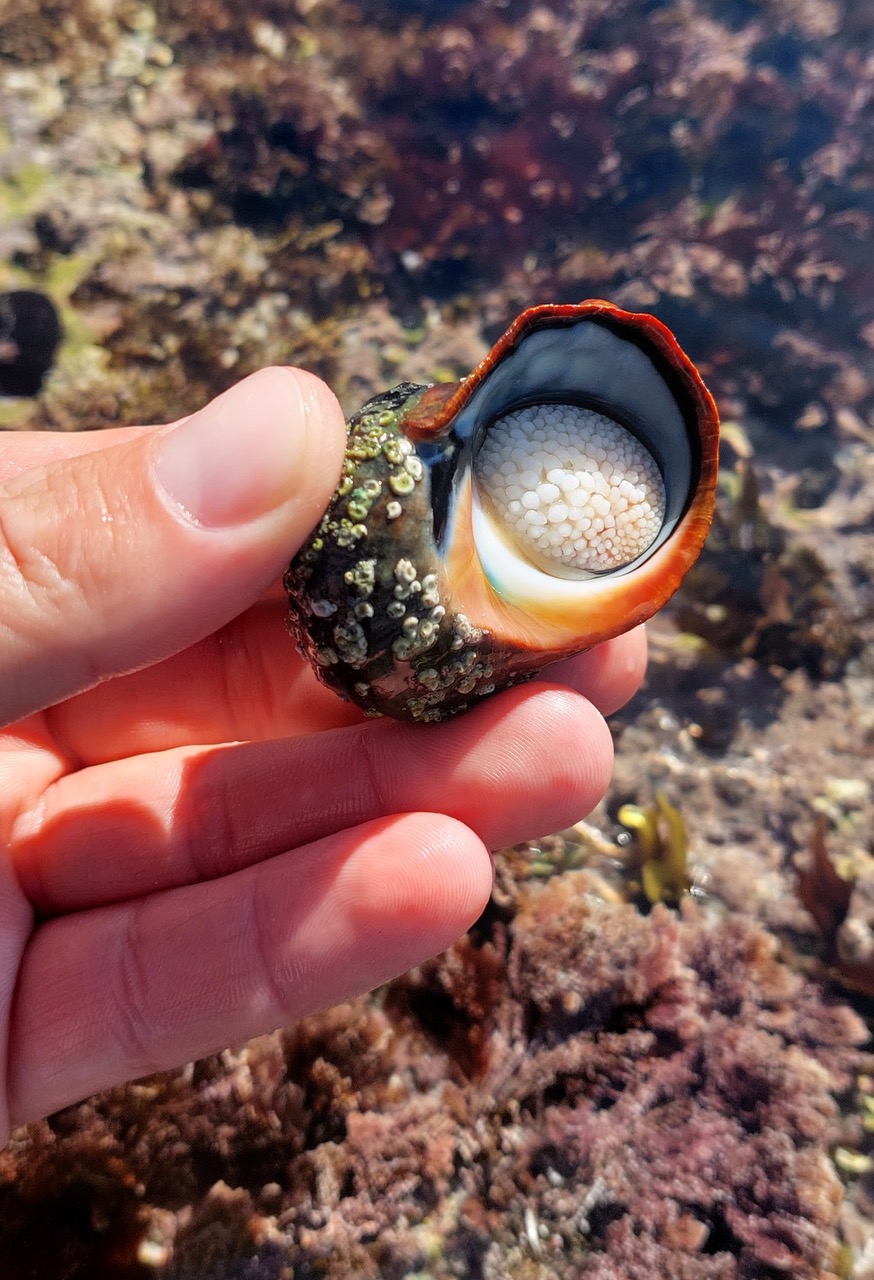

Octopus (on a lucky day)
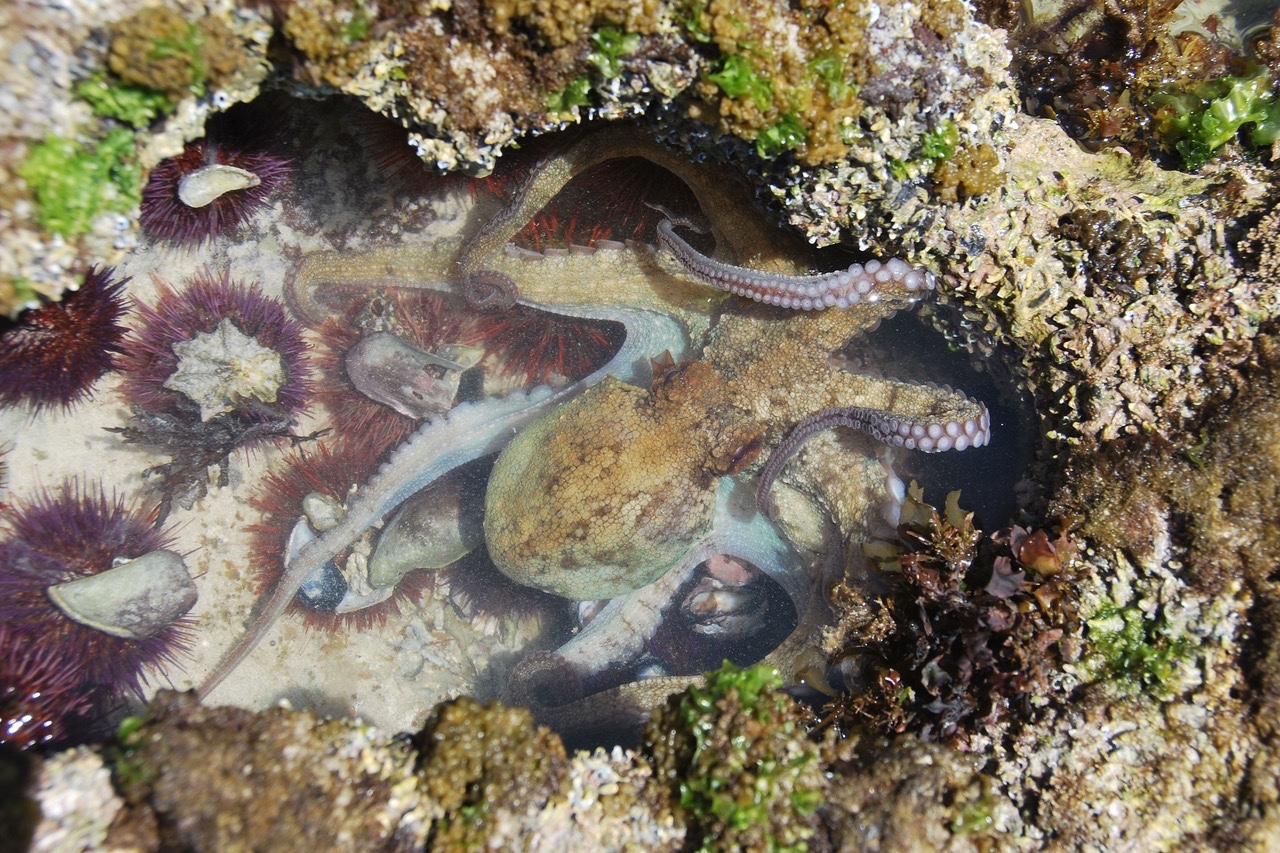

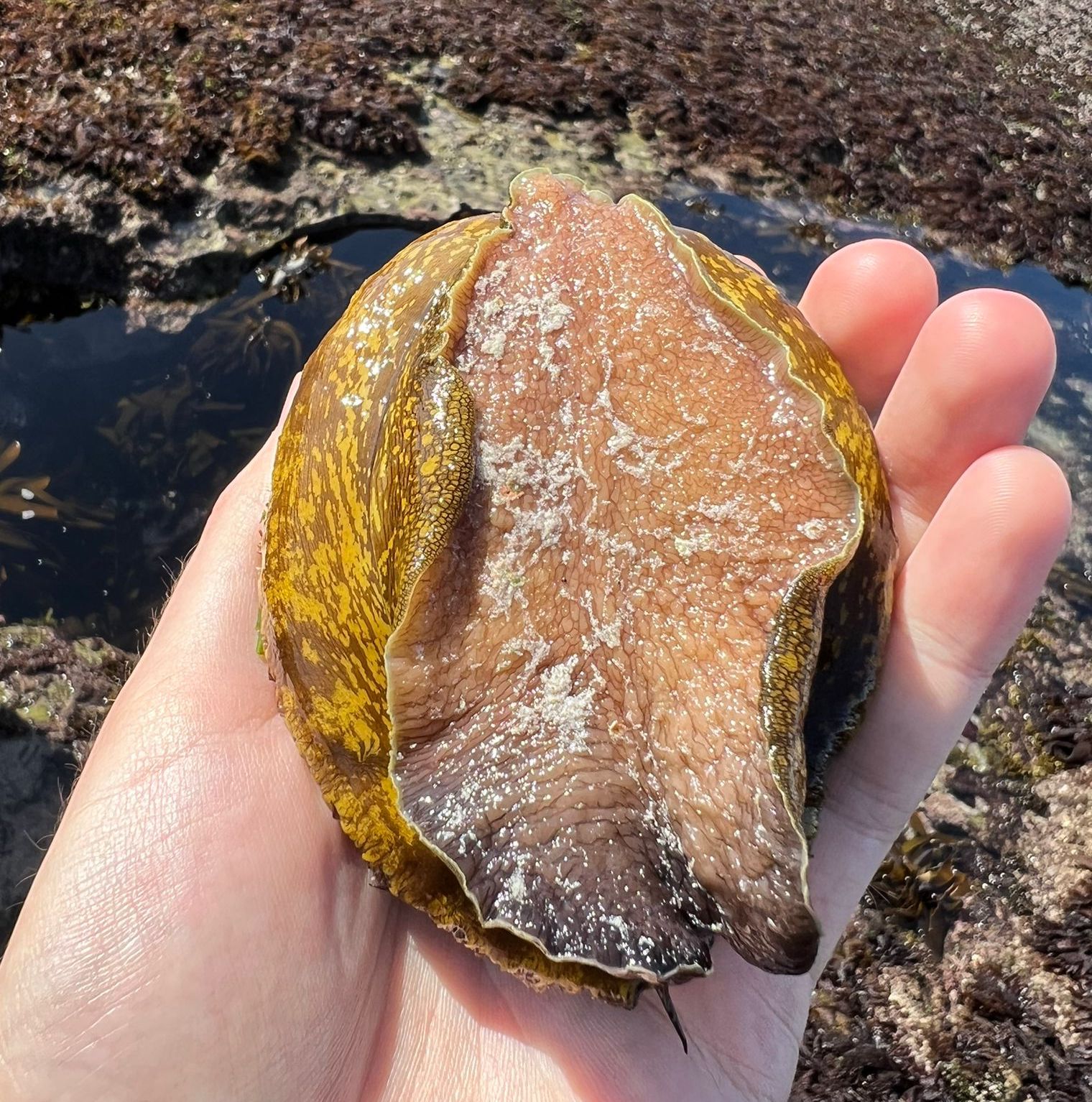

Part of the programme for a Marine Walk is going into the nitty gritty of our lovely rock formations that include limestone and sandstone. I enjoy explaining a bit about the geography and the features of the De Hoop coastline. We often find beautiful bee hives in between some of the rock formations. These hives are from the Cape Honeybee.
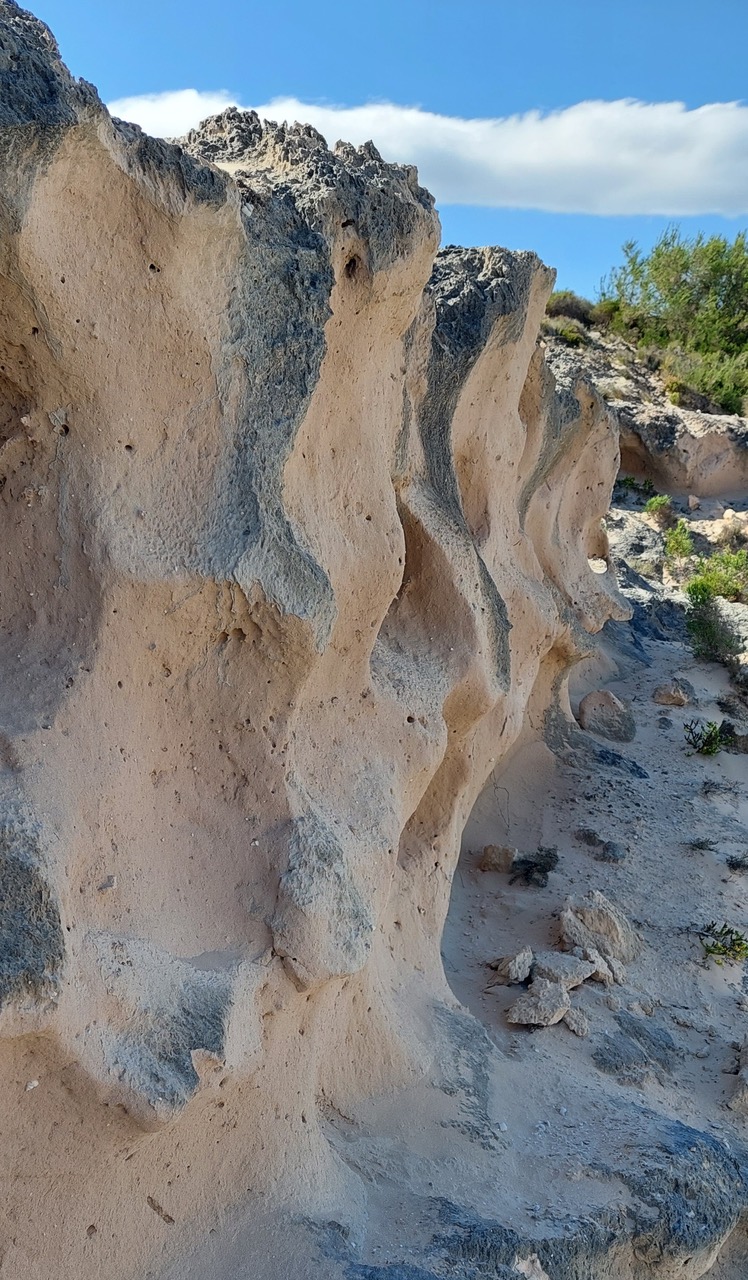

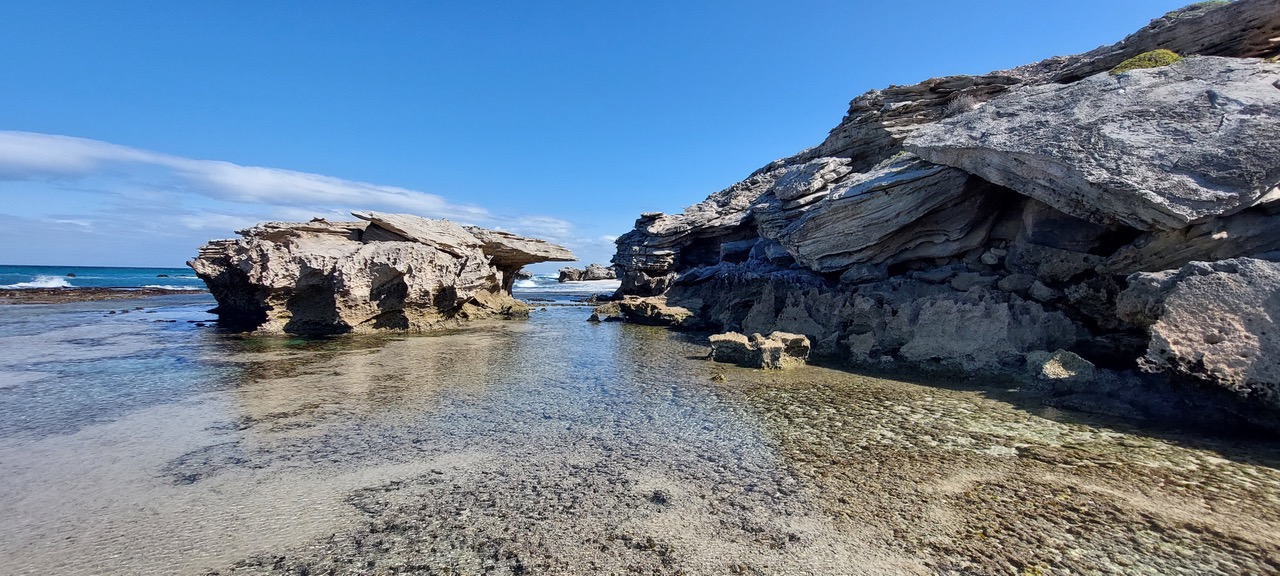

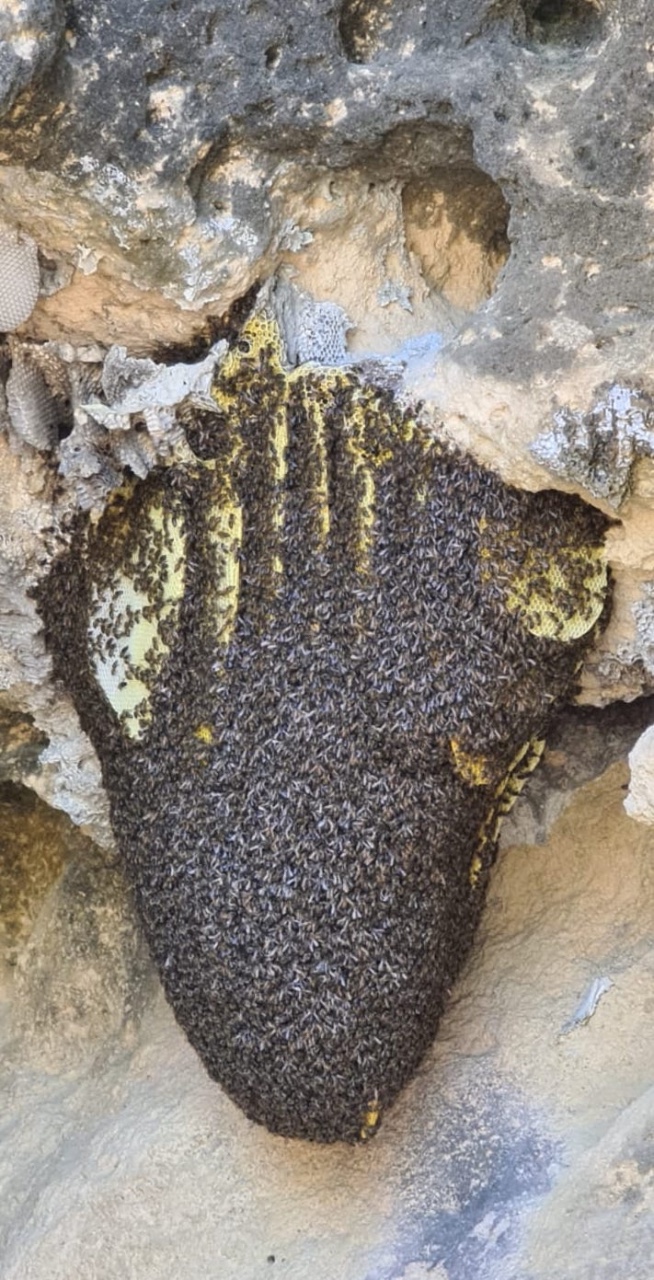

Kids are like sponges and love learning about interesting shells that wash up on our beaches. I take time to spot exciting specimens like Limpet shells, mussel shells, abalone shells and even the internal bone of the cuttlefish. These are all winners, and children are intrigued by the variety.


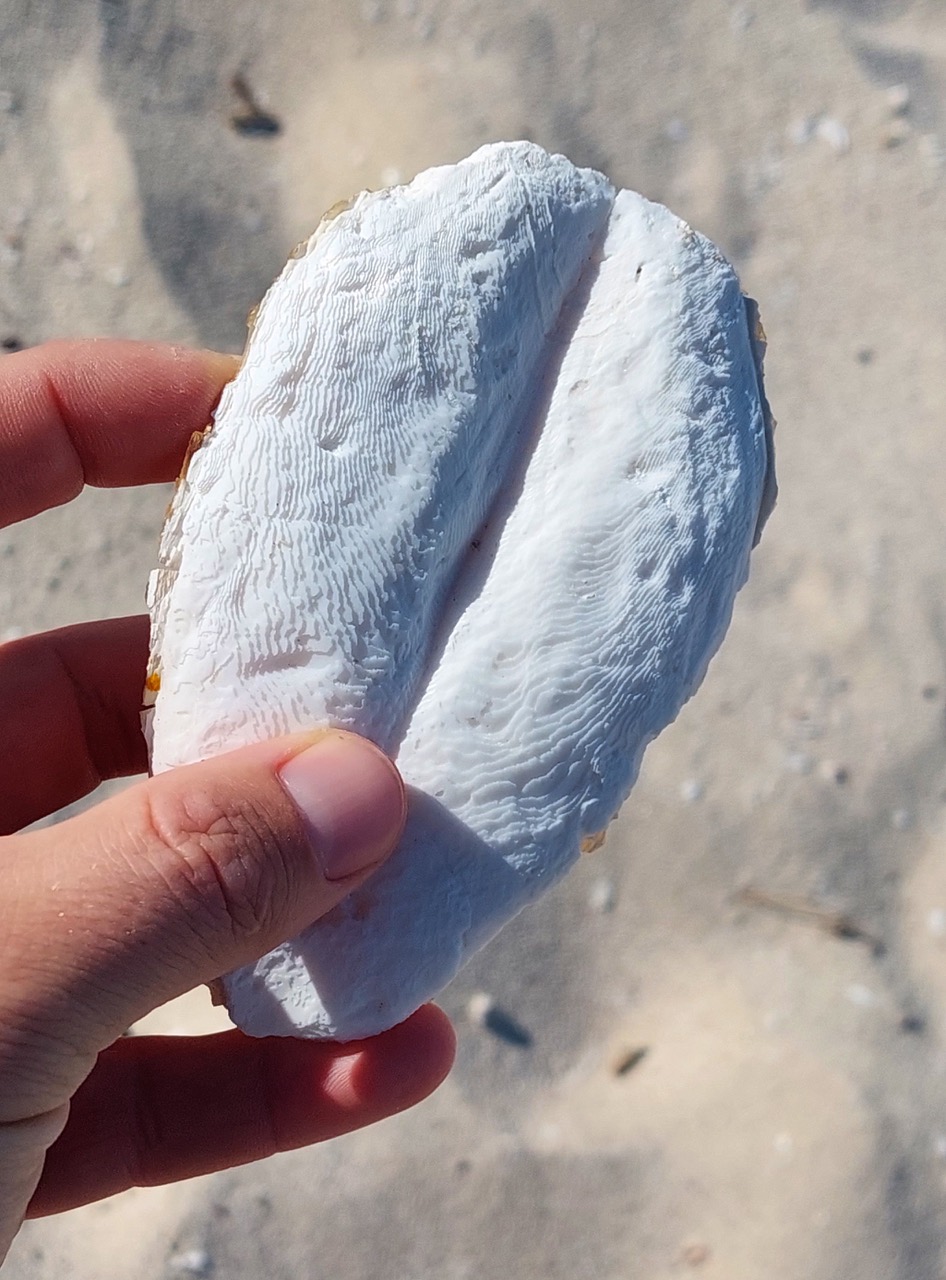

Of course, De Hoop is a famous bird-watching location - the reserve is home to over 260 bird species. I expect to get in some good sightings of coastal species, especially the:
Black Oystercatcher
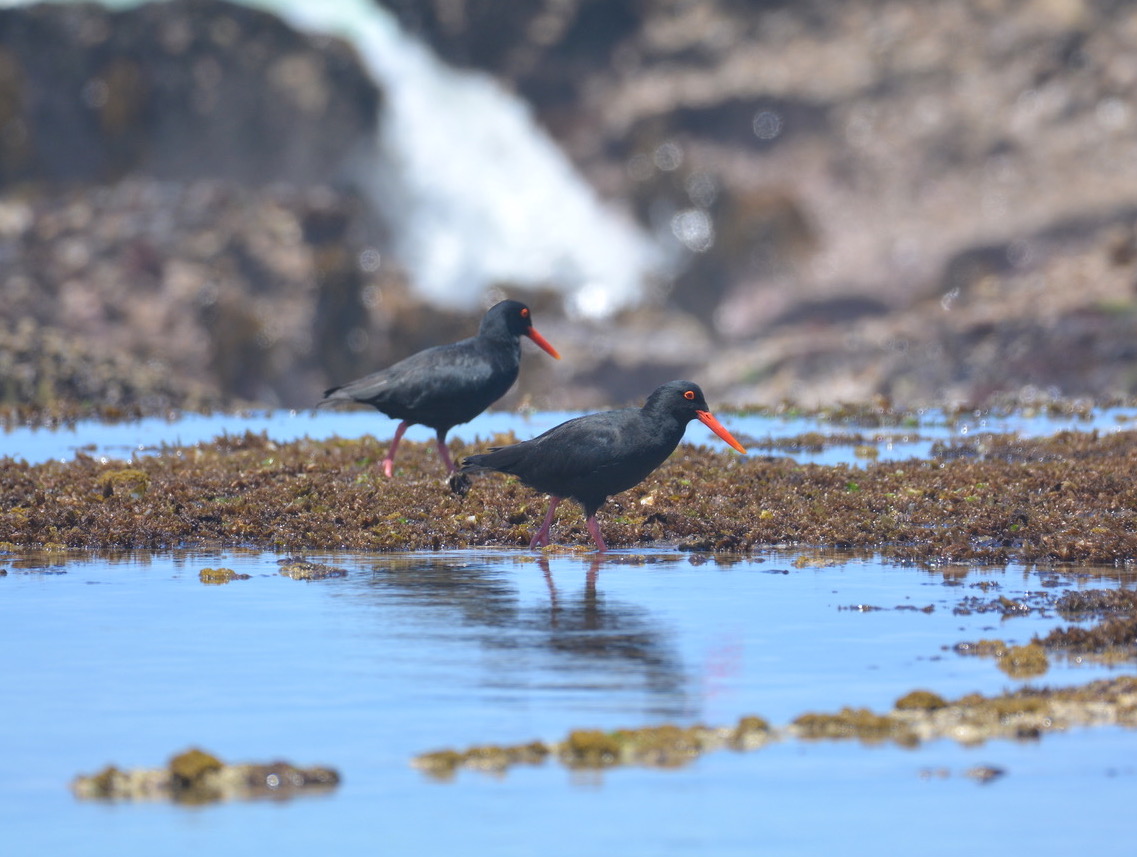

Kelp Gull
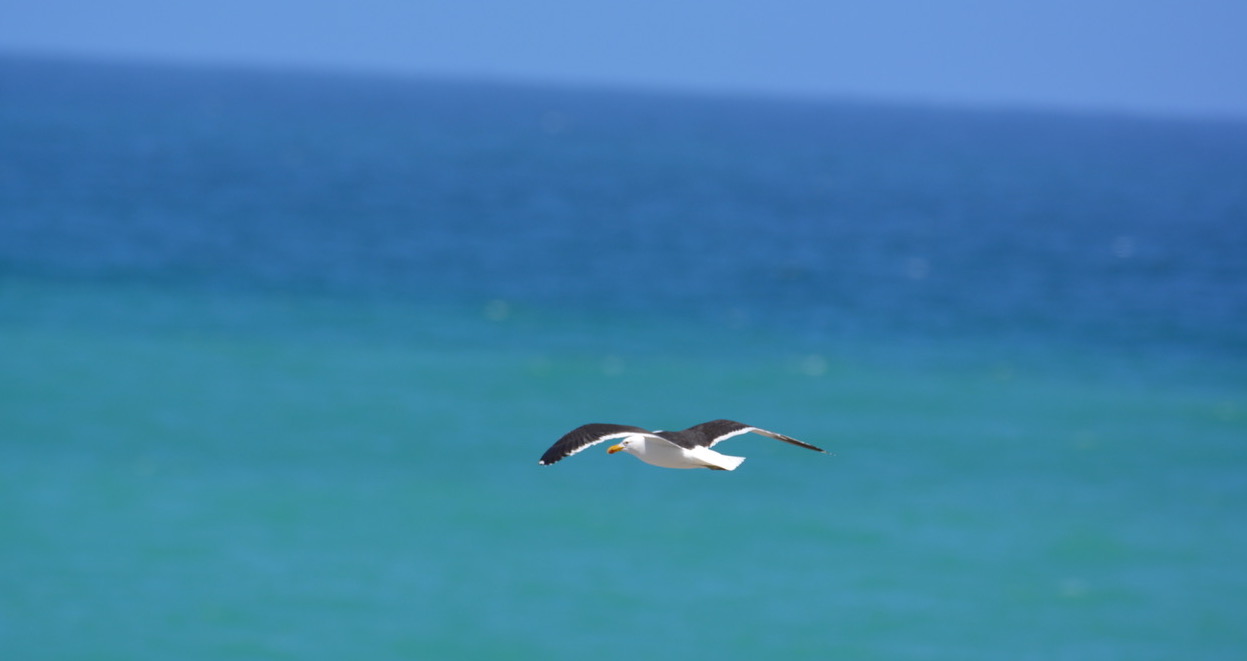



Variety of Cormorants
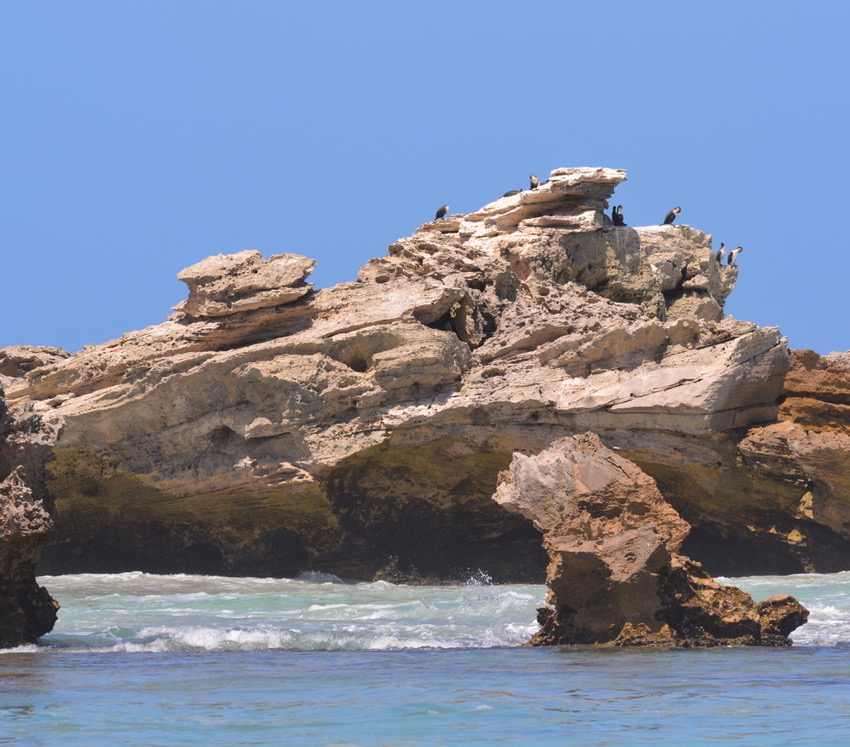

Where there’s the ocean, there is fish! So I also keep my eyes peeled for different types of fish to show to our guests. I often spot: Cape moonies, Klipvis, Kolstert, Zebra fish (Wille perd). During High tide, we often get a good eyeful of Musselcrackers!
The fresh air and exercise mean guests are ready to head back to the lodge in time for lunch or for snacks & drinks in the bar and to freshen up for dinner. The Marine Walk is a highlight experience at Morukuru De Hoop. We always get very positive feedback, and guests really enjoy finding out about what the ocean has to offer. But don’t take my word for it ... come and experience it yourself and learn all about life in our rock pools.
